
About This Quiz
Check the malls for boughs of holly ... Wait, that's not quite right! Every year, soon after we've digested our Thanksgiving turkeys, radio stations and stores start playing Christmas music. Love it or hate it, there's no escaping it! And what's even crazier is that some people sing along to these classic tunes without even knowing the correct lyrics! There's nothing like standing in an elevator with someone singing along to "Winter Wonderland," only they're singing, "Later on, we'll perspire as we sweat by the fire." You get the idea!
Luckily, there's a way to improve your Christmas song knowledge: listen to them all the time, all year long! Okay, maybe that's a tall order. Still, if you start studying right after the Fourth of July, you should be able to memorize a good 200 to 300 songs! That gives you a leg up over the slouches who actually wait till December to start playing their Christmas music! Plus, you have a wide variety of songs to choose from: traditional religious hymns, songs about Santa and the denizens of the North Pole, songs about snow, songs popularized by cartoon characters and so on!
So see where you stand right now. Take the quiz and see if you can still identify these Christmas songs even with their atrociously messed-up lyrics. Then you'll know your weak areas and which songs to study harder starting next summer!

Also known by its Latin title, "Adeste Fideles," "O Come, All Ye Faithful" is an old Christmas carol of uncertain authorship and remains popular in church services. Pentatonix has sung it too, of course!

Brenda Lee first recorded this upbeat Christmas song, written by Johnny Marks, in 1958. It's notably featured in "Home Alone," when Kevin tricks the would-be burglars into thinking there's a party!

Even though "Frosty the Snowman" was released in 1950, most people associate it with the Rankin/Bass animated Christmas special from 1969. Too bad our snowmen can't really come to life (unless we're Elsa)!
Advertisement

"Deck the Halls" is a traditional carol sung at Christmas and New Year's. While the lyrics, written by Thomas Oliphant, date back to 1862, the melody is even older, coming from a 16th-century Welsh tune.

Bobby Helms popularized this Christmas tune in 1957, and it's been a holiday staple ever since! One memorable scene in "Mean Girls" features the characters dancing to it in Santa costumes.

"Mary, Did You Know" is a popular Christmas song written by Mark Lowry and Buddy Greene. The song poses a series of questions to Mary, asking her if she knew what her son would one day accomplish.
Advertisement

A Unitarian minister in Massachusetts named Edmund Sears wrote this poem in 1849, and it was soon set to music. Sears was apparently in a funk when he wrote it, because of wars in the US and abroad.

"The Little Drummer Boy" is an American Christmas carol written by a music teacher named Katherine Kennicott Davis. The first people to record it were none other than the Trapp Family Singers!

Although the tune was originally for a non-religious dance song, George Ratcliffe Woodward adapted it to create the carol "Ding Dong Merrily on High." The composer was inspired by hearing church bells ringing.
Advertisement

"Santa Claus Is Coming to Town" establishes Kris Kringle as an international spy who surveils children, noting their goodness and badness on his "list." Parents use this song to coerce good behavior out of their children.

"We Three Kings" is about the three wise men who traveled to see the Christ child, bringing gifts. John Henry Hopkins Jr., a Pennsylvanian rector at an Episcopalian church, wrote the song in 1857.

One of the most recognizable Christmas carols, "O Holy Night" focuses on mankind's redemption and Jesus Christ's birth. Nat King Cole and Mariah Carey are two of the artists who have covered it.
Advertisement

"The First Noel" is an old and well known Christmas carol about the angels visiting the shepherds to tell them of Jesus Christ's birth. The word "Noel," incidentally, is synonymous with "Christmas."

Everyone heard the "Jingle bells, Batman smells, Robin laid an egg" version of the song as a kid. What's less known is that "Jingle Bells," a popular Christmas song today, was actually first written as a Thanksgiving song!

The novelty song "I Want a Hippopotamus for Christmas" was a surprise hit in 1953. A 10-year-old girl named Gayla Peevey performed it on the "Ed Sullivan Show" to the audience's delight. We hope she got her hippo!
Advertisement

"I Saw Three Ships" is an English Christmas carol first published in 1833. The precise meaning of the song isn't known, but some people theorize that the ships symbolize the camels that the Magi rode to Bethlehem.
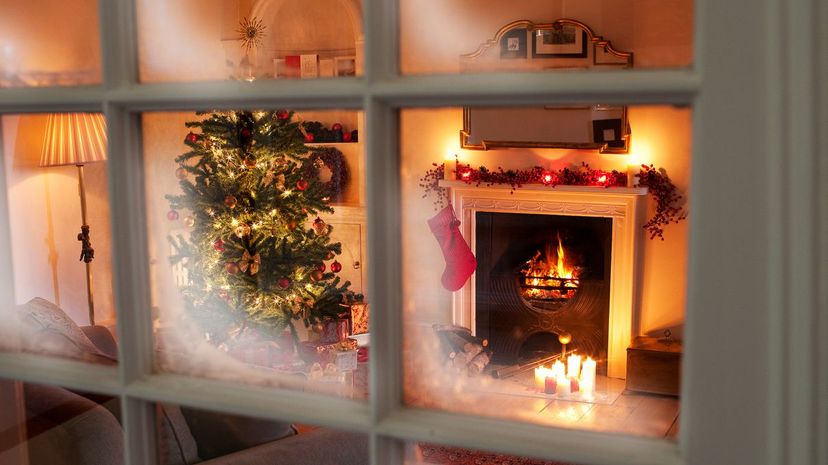
Bing Crosby recorded "I'll Be Home for Christmas" in 1943 when the United States was still at war. The song is extra poignant when you reflect that it was written from the perspective of soldiers overseas.

"Good King Wenceslas" is a Christmas carol about a 10th-century Bohemian king who went out on the Feast of Stephen (December 26) to give money to the poor. Not surprisingly, Wenceslas became a saint in the Christian church.
Advertisement

After visiting Bethlehem in 1865, an Episcopal priest named Phillip Brooks wrote the poem that became the popular carol "O Little Town of Bethlehem." The town is famously where Jesus Christ was born.

People once attributed the words to "Away in a Manger" to Martin Luther, the leader of the Protestant Reformation, but today scholars think the song actually originated in America instead!

Originally titled "Here We Come A-Wassailing," this song refers to the old tradition of singing carols door to door in the hopes of earning some money. Nowadays, people do it just for fun!
Advertisement

"Go Tell It on the Mountain," which goes back to the late 1800s, has the distinction of being both an African-American spiritual and a Christmas carol because it's about announcing the birth of Jesus.

After overcoming an illness, William Chatterton Dix wrote the lyrics to "What Child Is This?" which was later set to the old folk song "Greensleeves." Today it remains a popular carol about Jesus' birth.

"Angels We Have Heard on High" is another Christmas carol about the night of Jesus' birth, when angels came to announce it to a group of shepherds. It includes a long, drawn-out "Gloria" too!
Advertisement

"Do You Hear What I Hear" is fairly new in the pantheon of Christmas songs. Its creators, husband and wife Noel Regney and Gloria Shayne Baker, wrote it in 1962 in response to the Cuban Missile Crisis.

Wham! released "Last Christmas" in 1984 and donated the proceeds to aid the Ethiopian famine. The popular song appeals to a lot of people to this day, and several artists have covered it.

Quite possibly the longest Christmas song out there, "The Twelve Days of Christmas" goes back to the late 1700s. Five gold rings sound nice, but what would you do with eight maids a-milking?
Advertisement
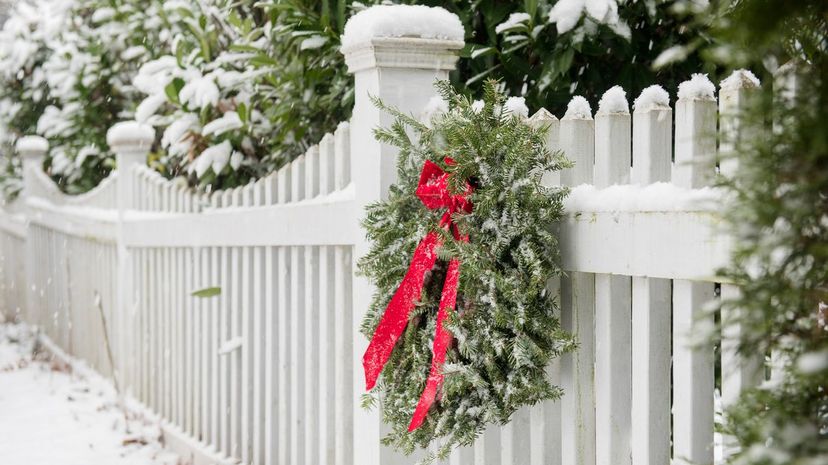
This charming song by Felix Bernard and Richard B. Smith tells the story of a couple frolicking in the snow and building a snowman. They even playfully imagine the snowman, or "Parson Brown," marrying them!
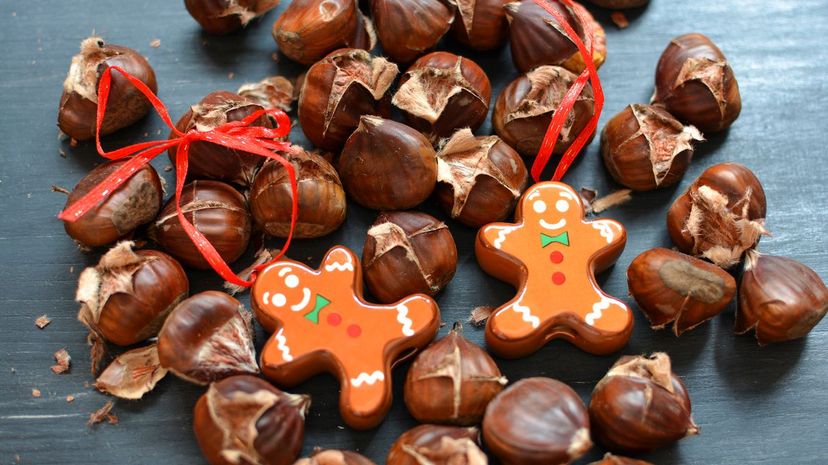
For many, Christmas is not complete without hearing Nat King Cole sing "The Christmas Song." Just thinking about "chestnuts roasting on an open fire" makes people feel cozy on a cold winter's day!
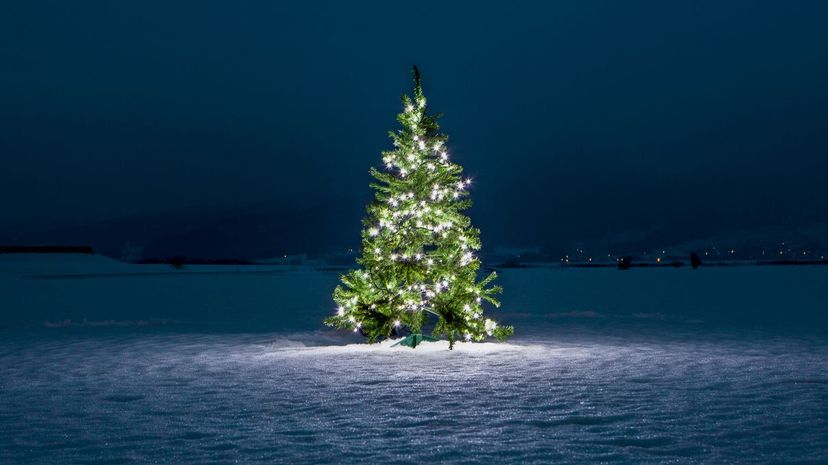
"Silent Night" is arguably one of the best-known Christmas carols, describing the night of Jesus Christ's birth. Franz Gruber wrote the melody and Joseph Mohr wrote the lyrics in the early 1800s.
Advertisement

Written in 1719 by Isaac Watts, "Joy to the World" remains the most popular Christmas hymn sung in churches to this day. In fact, its lyrics come from verses in Psalms and Genesis.
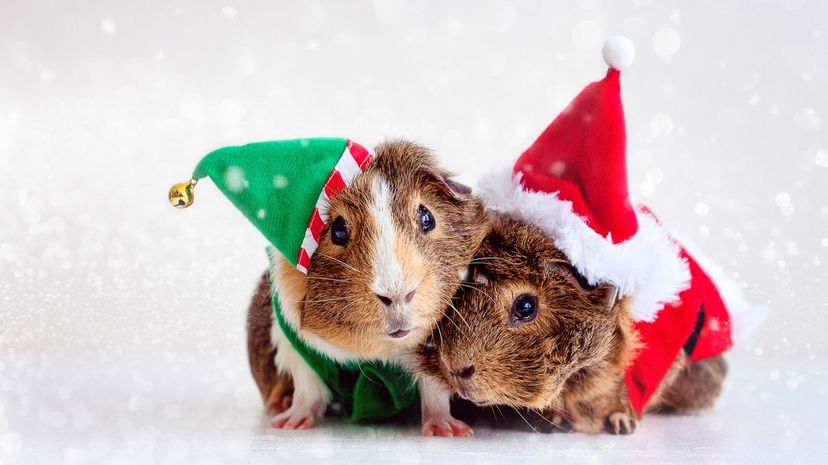
"The Holly and the Ivy" is a British Christmas carol with a folk style. According to tradition, holly, a plant commonly seen at Christmastime, represents Jesus, and ivy represents Mary, his mother.
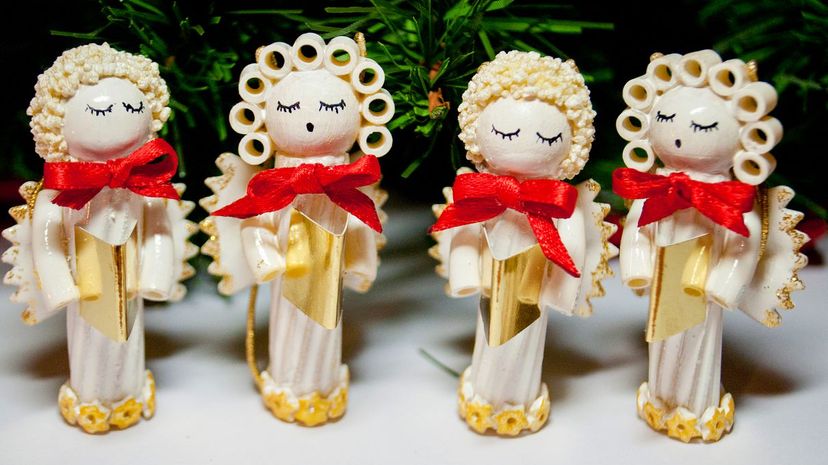
In 1739, the carol "Hark! The Herald Angels Sing" first appeared in "Hymns and Sacred Poems." Two men involved in the formation of the Methodist church wrote the lyrics and Felix Mendelssohn wrote the melody.
Advertisement

"God Rest Ye Merry, Gentlemen" is an old English carol, notable for its appearance in Charles Dickens' "A Christmas Carol." In fact, Scrooge threatens a caroler with a ruler when he starts singing the song!

Jester Hairston wrote "Mary's Boy Child" with a distinctive calypso rhythm. When Harry Belafonte heard the song performed by a choir, he asked Hairston's permission to record it, and it became a big hit.